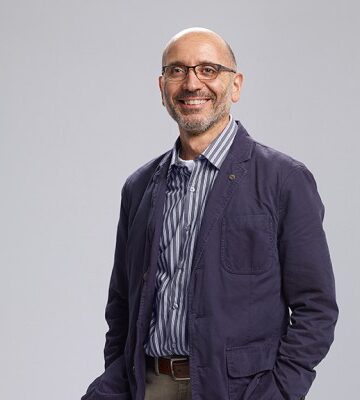Cloning of the Human Insulin Gene
At a Glance
Discipline
- STEM
- Biology
Instructional Level
- College & CEGEP
Course
- General Biology II
Tasks in Workflow
Social Plane(s)
- Individual
- Group
Type of Tasks
- Solving problems
- Reading
- Taking a quiz & test
Technical Details
Useful Technologies
- Clicker System
Class size
- Small (20-49)
Time
- Single class period (< 90 mins)
Instructional Purpose
- Application & knowledge building
- Assessment & knowledge refinement
Overview
In this peer instruction case study, students will learn how to clone the human insulin gene into bacteria using the tools of recombinant DNA technology.
Students take on the role of molecular biologist within a pharmaceutical company. They are tasked with a gene cloning project that will allow for the creation of a transgenic E.coli strain that can produce mass amounts of the human insulin hormone.
This case study uses the flipped classroom strategy in which students will prepare for the task by watching videos, reading and performing a quiz before entering the classroom.
Within the classroom the students are split into groups and are posed with a series of questions that will lead them to the final production of a transgenic E.coli strain. The questions are presented as multiple choice clicker questions and short answer style. Students will be building on the fundamental steps of cloning and will learn key concepts in molecular biology.
Students will then take the concepts outside of the classroom to build a final work flow describing the entire cloning process.
Instructional Objectives
- To understand the entire process involved in cloning of a human gene into bacteria
- To familiarize students with experiments in molecular biology. This provides students with an understanding of the tools used in recombinant DNA technology (e.g., restriction endonuclease activity, plasmids, cDNA library screening/creation).
Workflow & Materials

Activity Workflow
Applied Strategies
Published: 08/03/2019
Copyright: © 2024 Awad. This is an open-access article distributed under the terms of the Creative Commons Attribution License (CC BY). The use, distribution or reproduction in other forums is permitted, provided the original author(s) and the copyright owner(s) are credited and that the original publication on this website is cited, in accordance with accepted academic practice. No use, distribution or reproduction is permitted which does not comply with these terms.



